Cyclone Alfred
Cyclone Alfred Information
The information below, and the links to further information will aid in preparing for, going through, and recovering from Cyclone Alfred.
Estimated Arrival
TC Alfred has slowed down and is moving slowly towards the Redlands Coast. It is currently expected that the eye of Cyclone Alfred will pass just north of SMBI some time around 3am – 8am on Saturday 8th March, 2025.
🚨 IMPORTANT ENERGEX ANNOUNCEMENT 🚨
With over 200,000 premises across SE Qld currently without power, Energex crews are working hard to restore power as soon as it is safe to do so.
No, power was not turned off early, and no, generators aren’t magically beaming from one island to another whilst the barges are all out of operation.
Why do we really need to say these things?
🚨 IMPORTANT SEALINK ANNOUNCEMENT 🚨
🌀 Cyclone Recovery Update – Saturday 8 March 🌀
We’ve entered the recovery phase and are making every effort to resume regular services as soon as possible.
What we’re doing:
👉 Weather Monitoring: Wind is still high and is expected to increase today. We’re monitoring this as well as any potential flooding.
👉 Safety Checks: Our team is beginning to inspect vessels, infrastructure and waterways when it is safe to do so.
👉 Coordination: We’re working with the relevant authorities and emergency services on the next steps, including approval to operate.
✅ At this stage, we expect some operations to resume tomorrow (Sunday), depending on all of the above factors. When we recommence, we will prioritise transporting emergency services.
We’ll provide another update as soon as we have more to share. In the meantime, we hope everyone is staying safe.
Further Information:
Redland City Council Disaster Dashboard
SMBI.Community Disaster Preparedness
Emergency Services on SMBI
SeaLink Bay Islands Facebook Page
Predicted Cyclone Path
Predicted path as at 5:03 PM on Friday 7th March, 2025
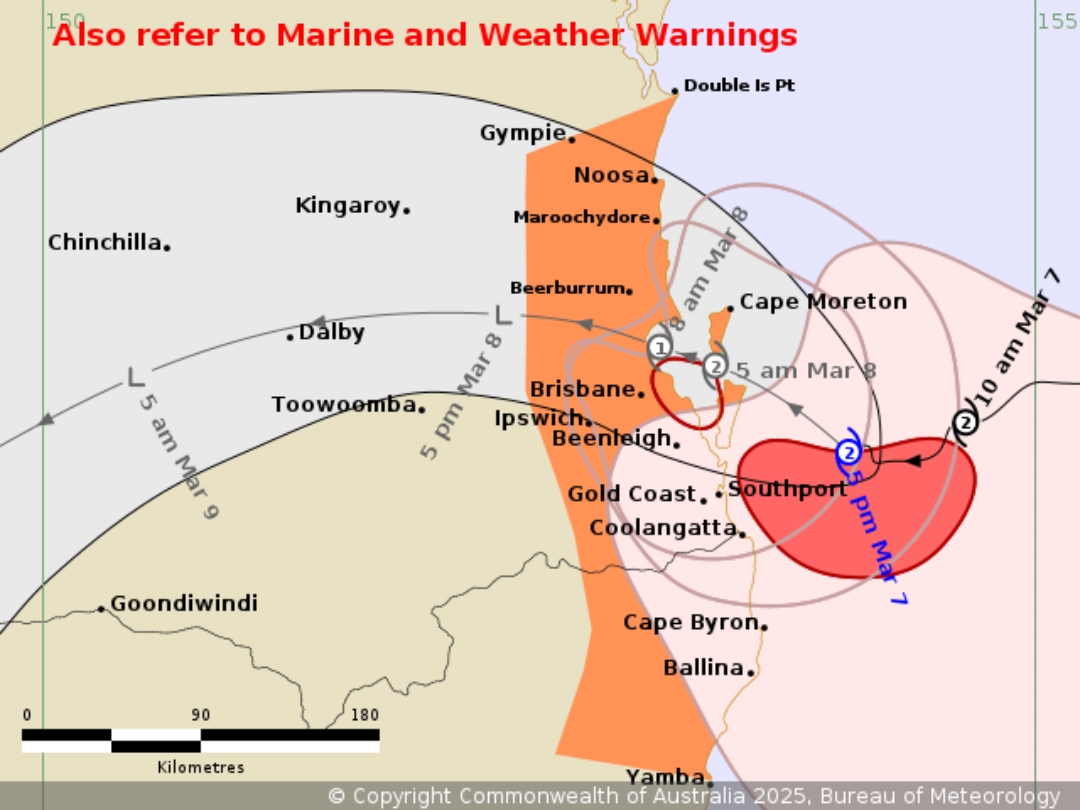
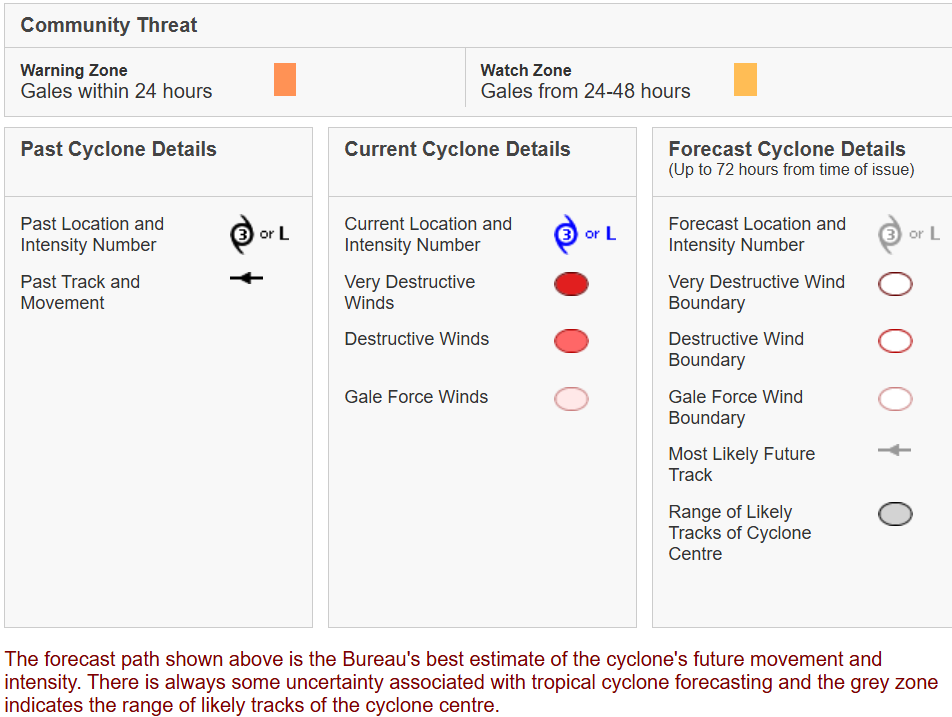
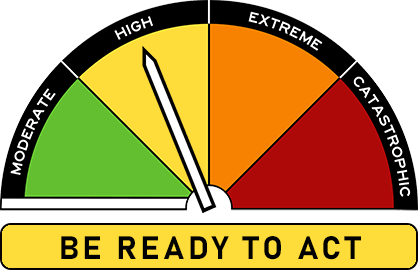
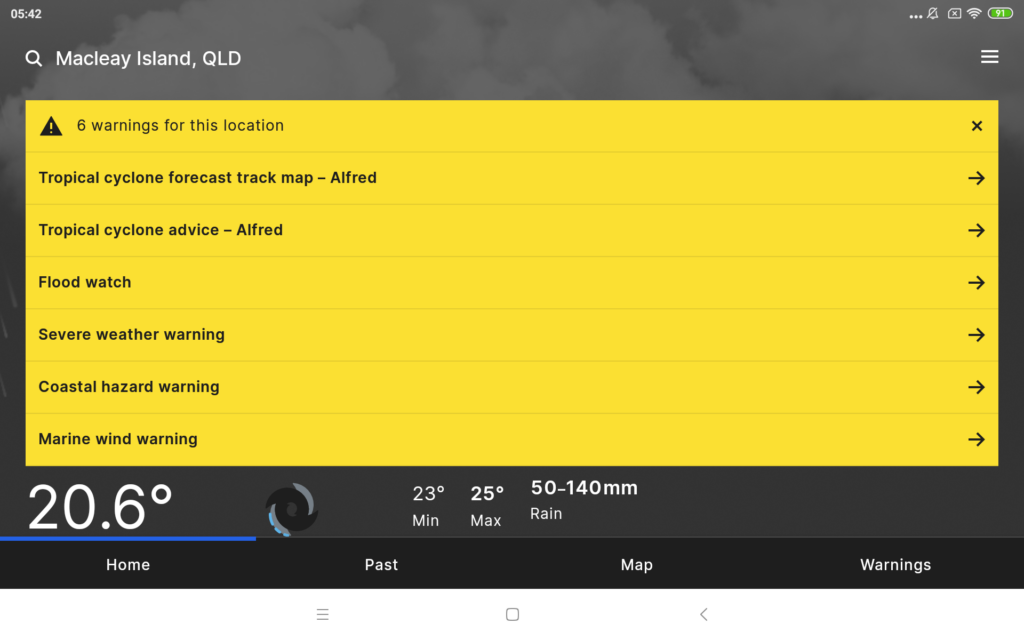
Alert Status: Watch & Act

- Obtain sandbags if you are expecting flooding on your property
- Be sure to secure any items that are outside your home
- Ensure your batteries are charged and vehicles and generators have fuel
- Ensure you have adequate food and water on hand
- Freeze bottles of water to keep chilled food safer for longer during power outages
- Check in on your neighbours and friends
- Protect windows with boards, cardboard or similar
- Don’t park cars underneath trees
- Protect car windows with sheets, pillows or similar
- Evacuation Centres will be open as soon as possible after the cyclone passes
- RI Resilience Hub and the MI Community Hall are open as refuge areas, with no capacity for any pets

General Disaster Preparedness
As there is a single source of water, a single source of grid power and a single method of transport to SMBI, residents need to take a serious look at their disaster preparedness. We are at a higher level of risk than mainland Australia.
There are some simple things that can be done to ensure you are as prepared as you can be for these and other situations when they occur.
1. Create an Emergency Plan
The Australian Red Cross has a number of things that will help you prepare for emergencies and disasters. The first step is to create an Emergency Plan for your household to protect what matters most. Click on this link to open the “Your RediPlan” PDF that can be filled out online, and then saved and printed.
2. Install and Configure The Get Prepared App
Another Australian Red Cross resource is their Get Prepared app that is available for both Android and iOS devices. This has the basics of the Emergency Plan including your Key 3 Contacts, Meeting Points, Important Documents, Medical Contacts, Emergency Pack List and locations of emergency information and updates.
3. Emergency Pack List
A third useful Australian Red Cross resource is their Emergency Pack List. There’s no need to be a “Doomsday Prepper” to be prepared for emergencies and disasters, and having a “go bag” ready with a list of what else needs to be added before leaving home makes a lot of sense.
4. Simple Household Preparedness Options
Food – As we’re in a location with limited access to a food supply should supply lines be cut (power, water transport, etc) it makes sense to have more than the recommended 3 days’ supply of food. My suggestion for us on SMBI has always been for at least a 7 day supply of food in the house at all times. This can include pasta, rice, tinned fruit and vegetables, powdered or dried and long life foods, formula and baby food, pet food and – very importantly – coffee. Adding one or two items per shop will allow this stock level to be built up slowly and affordably. Obviously a fruit and/or vegetable garden will help a lot here, too.
Water – It is recommended that we have 3 L of bottled or potable water per person per day on hand. For 7 days, that’s around 20 L per person. If you have tank water, make sure that you have sterilisation tablets handy. Concentrated or powdered juices and/or sports drinks are also useful, especially in hot periods to replace nutrients lost through sweat.
Cooking – As we lose power on a relatively regular basis, it is worth having some form of gas cooking available. A small portable butane stove can be purchased, along with some spare butane bottles, if your normal method of cooking is via electricity. If you have a gas barbecue already, then you’re set – if you have enough gas to last a week or so of cooking.
Hygiene – We’re all a lot more used to disinfectant wet wipes and hand sanitizer these days thanks to Covid. Making sure you’ve got sufficient stock of paper towel, toilet paper, tissues, deodorant, soap and shampoo, feminine hygiene products, household cleaning and disinfectants, and rubbish bags is recommended. A boiled kettle poured into a tub with some cold water and soap will allow for sponge baths until power is restored.
Medications – If at all possible, having more than a few days’ supply of medications is important. Having a copy of any current scripts as well as your doctor’s and chemist’s contact details is recommended.
Health Supplies – A current First Aid Kit is recommended for every house. These can be purchased at the local chemist. Additionally, adult and children’s pain killers and anti-inflammatories and cough/cold medicine, as well as face masks and protective gloves is recommended.
Pets – Please ensure you have enough food, medication and other supplies for your pets. If you need to evacuate the house, please have a quality lead (and possibly a muzzle) for your dog(s), a good carrier for your cat(s), cages appropriate for birds, and whatever other means of transportation is appropriate for other pets – and be sure to take food and water for your pets, as well as a food bowl for each animal.
Generator – Diesel/Unleaded generators can be bought locally. These are a great way to prolong the length of time fridge and freezer foods remain viable, to grind some coffee, to cook on an induction plate, to charge your phone or laptop batteries, and to run those fans on a hot summer’s day. An absolute minimum size for a generator would be 2 kVA as anything under that will struggle to run too much at once.
UPS (Battery Backup) – Any sensitive electronics should be protected by a surge suppressor, and this is often improved by the use of a UPS (uninterruptible power supply). If the UPS is sized appropriately, this can be used during night times when generator use is discouraged by charging it up from your generator.
What Emergencies or Disasters Are Likely?
The most common occurrences over recent years have been power outages, water supply outages, bushfires and storms. And a pandemic. We’ve had a number of repairs made to the water infrastructure recently, however all of the other situations, at least, are likely to occur again in the foreseeable future.
Being prepared well before these situations arise makes life a lot smoother.
Refrigerated/Frozen Foods
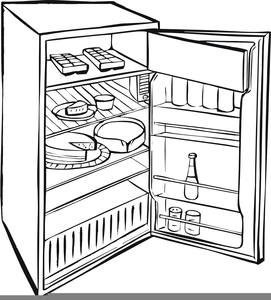
Use any refrigerated and frozen foods first. Opening fridge/freezer doors as little as possible will result in food items lasting longer. It is recommended that once a food product has been removed from the fridge it is consumed rather than returned – this will limit the amount of times doors are opened, and preserve the remaining food for longer. Read more at the Australian Institute of Food Safety.
In an unopened fridge, foods will remain safe for up to 4 hours.
In an unopened freezer, foods will remain safe for up to 24 hours.
If you know of an impending power outage, freezing some 3/4 filled bottles of water will help keep the freezer cold, and some can also be placed in the fridge compartment to prolong the time the food remains at a safe temperature.
If in doubt, throw it out.
Communication

Mobile Phone – Keeping your mobile phone charged and turned on at all times will ensure you are more easily able to be contacted should this be necessary. This is very handy for your friends and family to contact you, but also for you to be able to receive government alert notifications.
There are two ways government can contact people in the case of an emergency:
- By using the national Emergency Alert system which will SMS mobile phones and voice message landline phones in a geographical area when a serious emergency situation is taking place.
- By using the Redland City Council Opt-In Notification system – you can sign up to this from the Redland Coast Disaster Dashboard and clicking on the blue Opt-In Notifications button and filling in your details.
Battery or hand crank radio – Both ABC Radio Brisbane (612 AM) and Bay FM (100.3 FM) are used to give out information on current disaster and emergency situations. Battery radios are good as long as you have a supply of spare batteries (or can recharge from a UPS or generator) and hand crank radios are good for the arm muscles and also for those times when there is no other electrical supply available.
Lighting
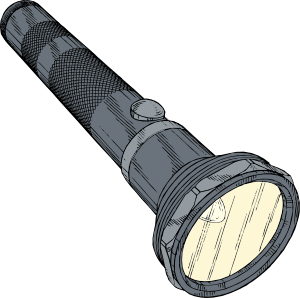
Using candles is not recommended due to the fire risk they pose. LED torches are available at an affordable price, and keeping a supply of suitable batteries on hand will ensure they work when called upon. There are torches available that use rechargeable 18650 cells, and these should last a lot longer than a couple of AA cells. An number of such torches can be found on eBay for under $25. A rather good option, though not particularly cheap at $126 (but there is a $35 discount code: 8RDSRX2T, available at time of publishing this page), is the BLF LT1 rechargeable camping lantern that can be found here on Amazon. Another good option is a head-mounted LED torch which will leave both hands free – here is are some examples found on eBay, and one from Bunnings.
